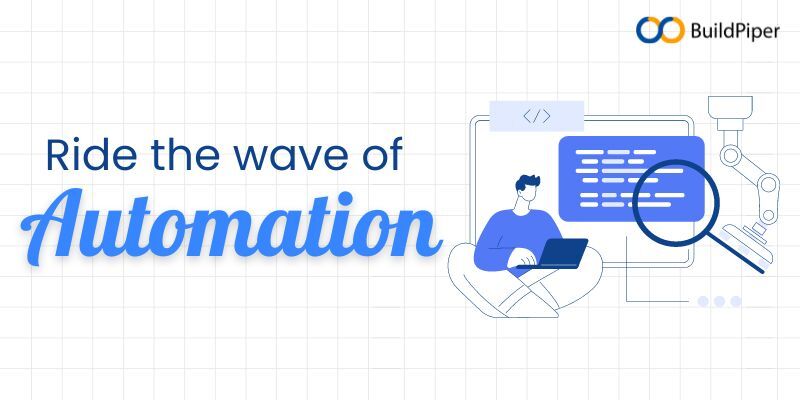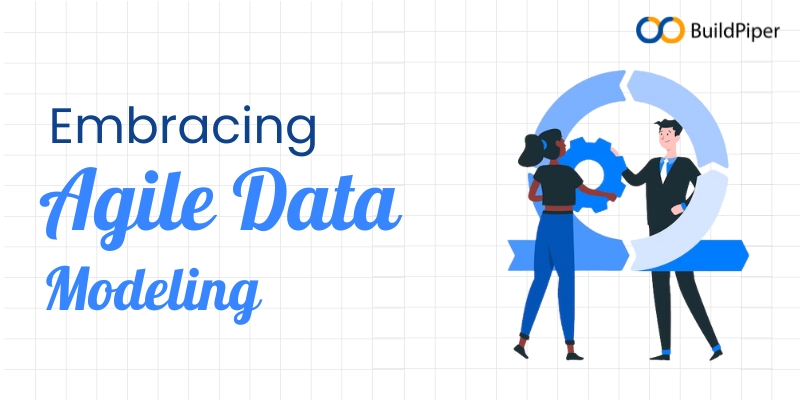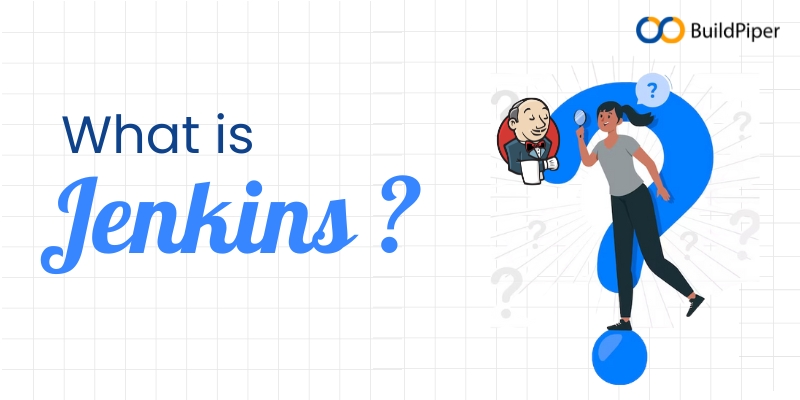
Configuring Ingress for load balancing and routing traffic is a complicated task for the DevOps teams. Here we talk about what Kubernetes Ingress is, what it is made up of, the benefits of creating an Ingress and how BuildPiper helps to create Ingress in a quick and hassle-free manner. Read about this and much more, here in this blog!
Security is one of the major Microservices challenges that enterprises have to face. By restricting external access to the services inside a cluster, DevOps teams can overcome these issues while deploying Kubernetes and Microservices. Let’s take a look at it!
What is Kubernetes Ingress?
Kubernetes Ingress is an API object that specifies routing rules. By providing routing rules, Ingress helps to handle and manage external users’ access to the services co-existing within a Kubernetes cluster, typically via HTTPS/HTTP. Ingress has the ability to set up rules for routing traffic without the need to create a group of load balancers or expose services on the node. It is a perfect fit for a production environment where support for multiple protocols and authentication is required.
What is Ingress made up of?
Ingress comprises two major components that include, an Ingress API object and the Ingress Controller.
– Ingress API
It defines and handles the state for exposing services outside of the Kubernetes cluster.
– Ingress Controller
An Ingress Controller reads, processes, and analyzes the Ingress Resource information and runs these as pods within the K8s cluster.
Benefits of Ingress
An Ingress provides a lot of benefits. Some of these include,
- Ingress offers externally reachable URLs for apps that are being deployed in the Kubernetes clusters.
- Ingress provides name-based virtual hosting and URI-based routing support.
- Ingress manages and handles load balancing rules and traffic, as well as the SSL termination process.
BuildPiper Approach to Ingress Creation
Based on the “Convention over Configuration” concept, BuildPiper enables seamless, compliant and secure cluster management with comprehensive observability of the cluster components. Moreover, it has emerged as one of the highly demanded Microservices orchestration tools for overcoming Microservices challenges.
It provides 3 categories of services that include,
- Public Services
- Protected Services
- Private Services
BuildPiper provides users with the option to create Public and Protected Ingress. This helps in enhancing the security of the Kubernetes cluster and restricting authentication access to the services within the cluster.
Choosing Public Ingress gives all users access to the requests within the K8s cluster and exposes the containerized applications on the internet. On the contrary, Private Ingress, as the name suggests, restricts and controls access to the requests within the cluster.
Managed Kubernetes, Managed Microservices, Secured setup of CI/CD Pipelines, and Security, Observability & Compliance are the four core pillars of BuildPiper– The Most Powerful Microservices Delivery Platform!
To explore the out-of-the-box functionalities of BuildPiper: One of the most popular Microservice orchestration tools in the industry today, schedule a demo today!



